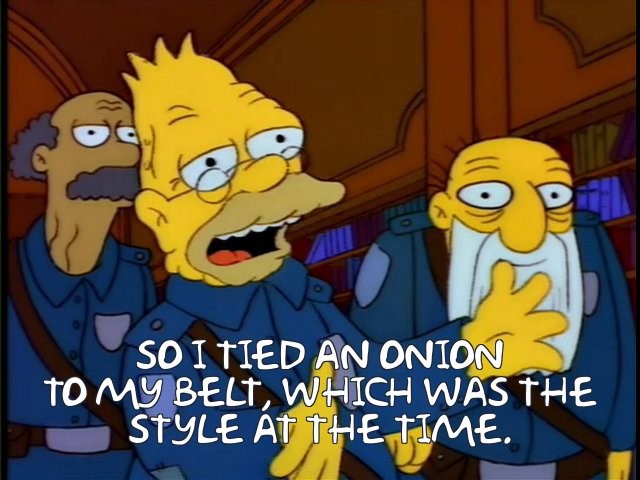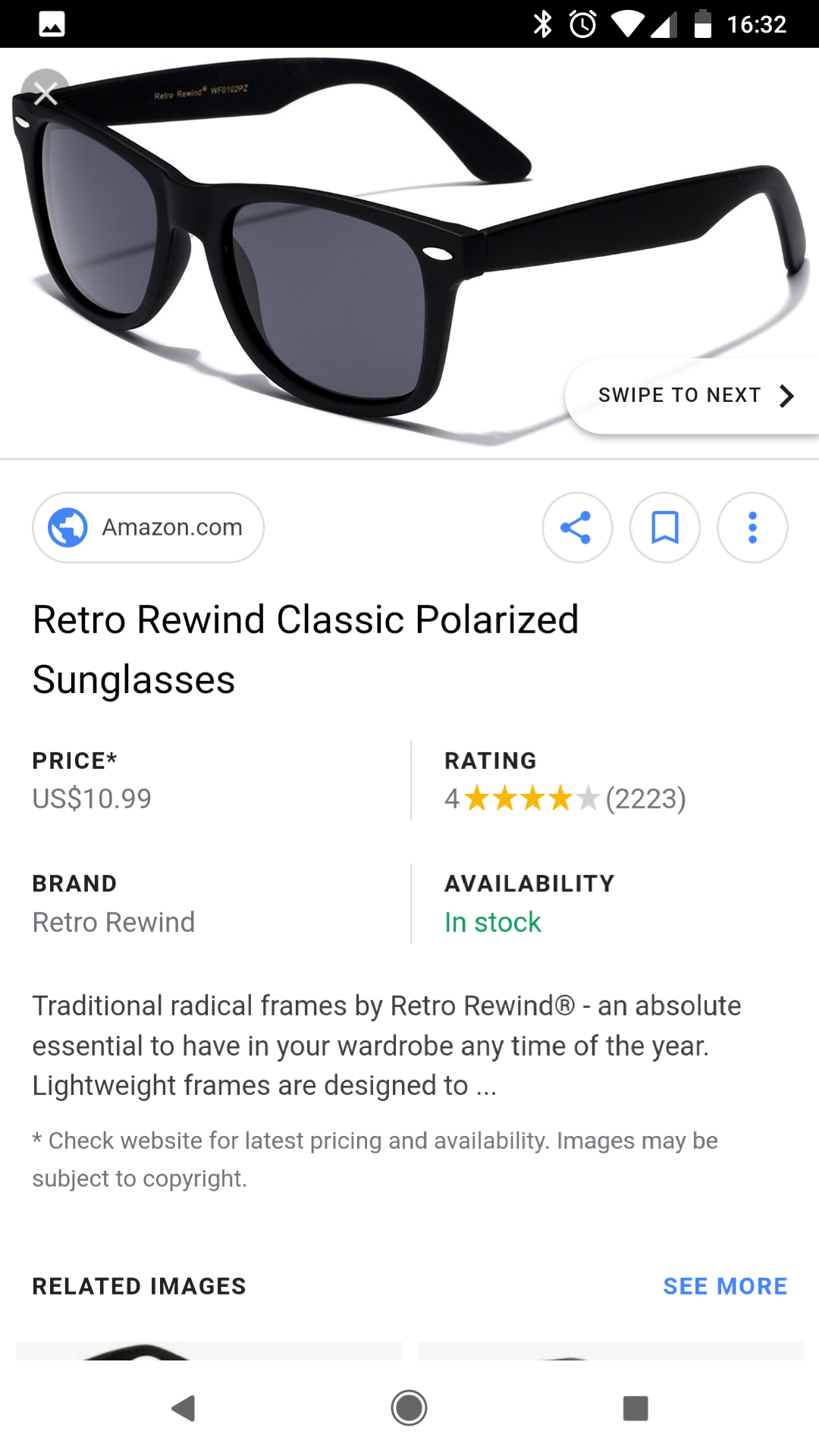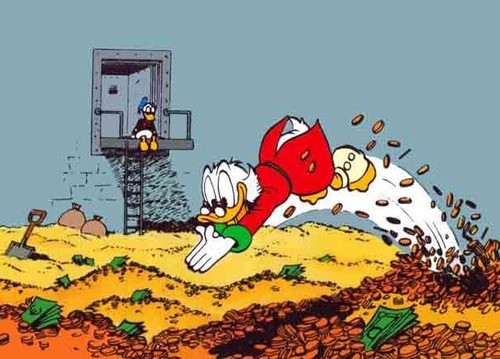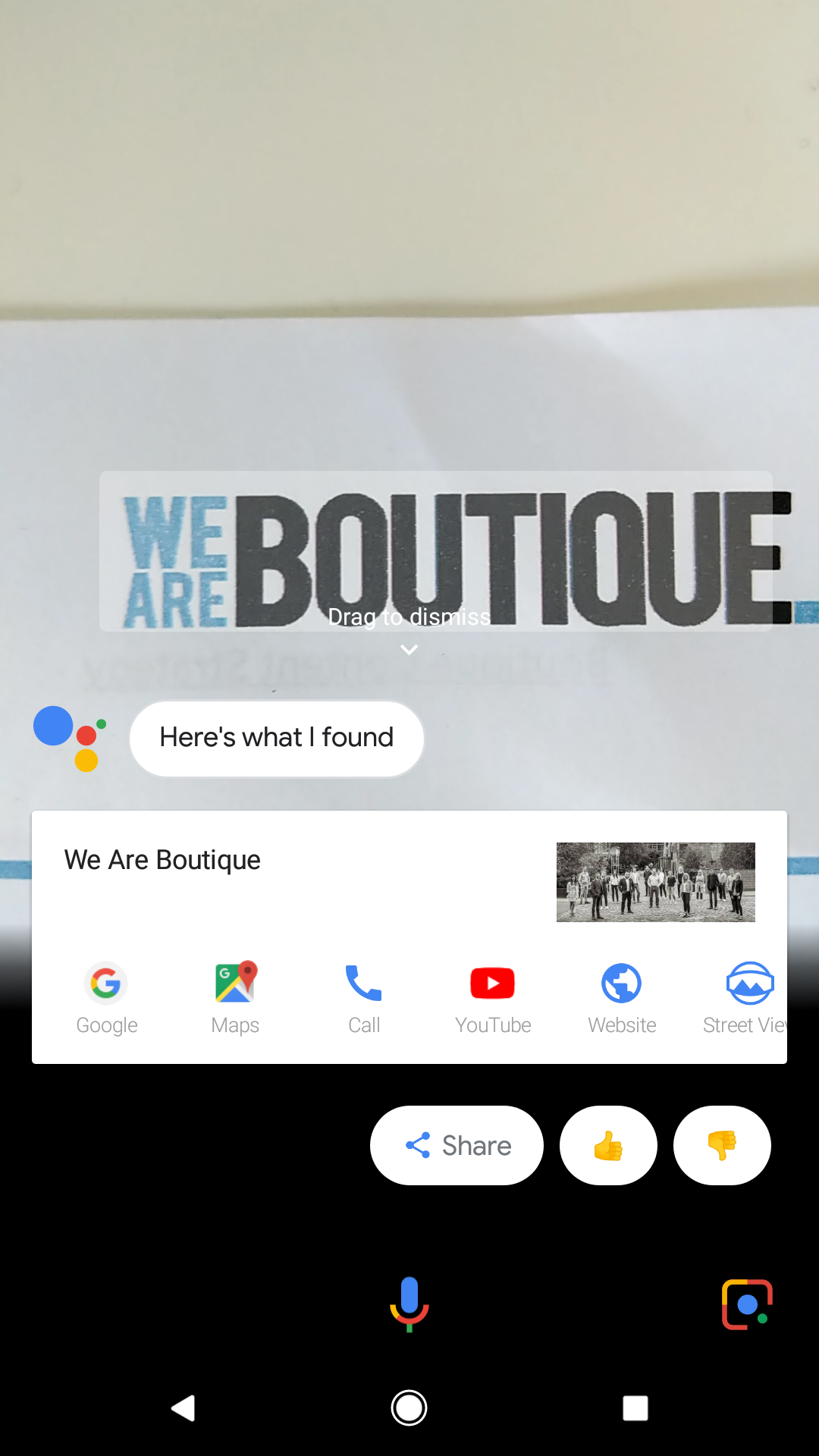

Posted In: Hidden by
Dan Howard,
April 13, 2018

So much of SEO is based upon inference and interpretation that it’s no surprise it has a reputation for being a bit of a marketing black box. Staying up to date requires marketers to pay attention to what Google says (via John Mueller or Danny Sullivan’s tweets), sure. But you also need to be able to notice what it is they’re not saying, what lies beneath the surface.
Which is why I think that image search is the thing you’ve likely been ignoring in lieu of chasing algorithms. And also why I think you really should start working on it this year. Don’t believe me? Let’s look at the latest changes Google has made to image search; if you’re still unconvinced by the end, let me know. Otherwise there are some handy tips to follow for getting your images performing a bit better (although you should probably be doing these whether you agree or not).
Google Image Search Stopped Users Stealing Images without Visiting
That’s right – gone are the days where the average user searches for something, sees your IP in the results and presses ‘view image ‘ to download it. In the past, image search users were like ungrateful grandchildren. They sniffed around when their birthdays arrived to collect their presents, then didn’t bother to visit until they needed more free images. Now they have to stop in for a cup of tea and listen to your long-winded stories if they want their birthday card.
In the past, image search users were like ungrateful grandchildren. They sniffed around when their birthdays arrived to collect their presents, then didn’t bother to visit until they needed more free images. Now they have to stop in for a cup of tea and listen to your long-winded stories if they want their birthday card.
Written content can now benefit from image search because users who like what they see in search must visit your site to steal the picture they’re searching for. Which means images that stand out in search results drive page visits and entice users to engage with products, content, competitions, and so much more.
Google Image Search Uses Page Titles for Captions
Which means you can now work towards increasing clicks to your site for these images. A useful and enticing page title can earn you more clicks from image search as well as regular search, where before you had little sway over user onboarding. It also means you need to make sure that your images are relevant to page content, and if possible, high quality and original (say goodbye to stock images!)
Unlike in regular search, where the caption is pulled (nominally) from meta-descriptions, in image search your page title and opening paragraph, or product description, are used. The focus, therefore, is on quality – if you’re selling yourself well on-site, the chances are you’ll get clicks in image search with the right imagery.
Google Image search is Secretly Great for Selling Products

Ok it’s not exactly secret that Google has started to incorporate product information into image search results for a few months now. But there is a reasonable chance you didn’t notice, because for some reason this hasn’t gained a lot of traction yet, making this a perfect opportunity to get the edge on your competitors. These features are also predominantly on mobile at present, making it perfect for the research phase of the consumer journey, when image search is most likely to be involved.
If you’ve got the right creative, an offer, strong reviews, stock available, and a strong description, you can turn a lot of researchers into impulse buyers right away.
What’s more, when Google detects that users are carrying out a product-led image search, image search has recently started to allow users to filter for products within their results. This means users who are actively looking to purchase, view, or learn about products can bypass your competition simply because they haven’t tagged their images as product-related. This leaves you to soak up those all the clicks.

You Need Structured Data to Get In There
But it’s absolutely worth the effort. Google is only going to become more focussed upon entities and structured data as voice and visual search increase in popularity. This won’t just benefit your products in image search, it’ll help with indexing, categorisation, and regular search appearance as well.
Note that this isn’t a guaranteed way to ‘rank better’, but it is likely to reduce any ambiguity around your site’s offering and improve Google’s confidence that your product is relevant to the right searches.

Google Lens is likely to be a thing (though who knows if it’ll catch on)
You remember Google Glasses? How about Google Goggles? Whether you do or not, you almost certainly didn’t use them. But don’t worry, Google’s trying again because the technology is more likely good enough to work this time around.
The thing is, as Google Lens amasses reverse image recognition data, the winners in image search will be those who are traditionally optimised at first. This will then change over time so that those sites whose product images look the most like that product will win. While image recognition can be fooled by pasting together the bits most likely to register as a toaster at the moment, in future the more like a real toaster your image looks, the better it is likely to perform.
In the far, far future, alt attributes and schema data might not even matter. The first result for a ‘toaster’ search will be the image that has the most easily recognised ‘toaster’ in it, with the best user engagement metrics. And while the makers of psychedelic toaster stickers may go out of business as a result, it places the onus once again on image quality, and a readily identified brand mark.
How to Get Product Images Working in Google Image Search
• Double check Google can see your images. Make sure no Javascript wizardry is blocking images from displaying without user interaction, check your lazy-load solution is SEO friendly, and make sure your product image is not loaded on the page as a background asset. This needs to be an image Google can see, loaded and identified as an image.
• If you’re using any hotlinking protection, make sure you’re not blocking Google Image search from doing its job.
• Keep your images related to the subject of the hosting page, otherwise you’re just going to earn bounces.
• Make sure your images are high quality, original where possible, and the product is clearly identifiable as the subject of the picture.
• Write your product titles for time-poor shoppers so they know everything right away: [Brand] [Mode] [colour/size] | [site] | [offer/USP]
• Make sure product descriptions and copy are original (don’t just copy from your supplier’s catalogue!) – write it so that it tells users exactly what makes this product great.
• Alt-attributes aren’t going away – populate image alt-fields with an accurate description of the object as it is portrayed. Think colour, brand, product, context.
• Get product reviews on-site, and visible to start feeding structured data for those sweet, sweet stars.
• Use Google Tag Manager, or update your website’s theme, to automatically populate structured data for your products. Follow Google’s ‘Product’ guidelines, as this is the data Google says they are using currently. Populate every field you can, provided the information you include is visible on the page.
With Google and Bing both parsing structured data now, there’s no reason not to include it within your SEO strategy. You’ve got the rough idea, so go out and start dominating those image results (or ask someone like me to do it for you).